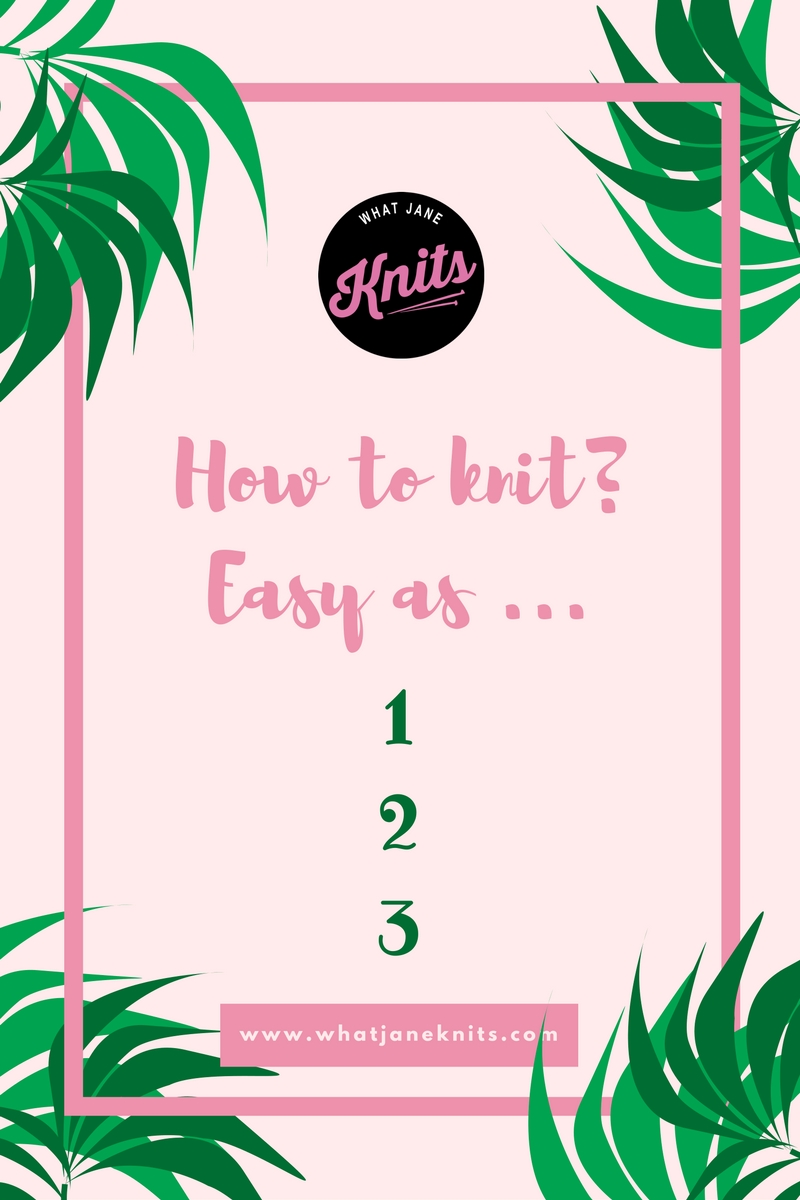When people learn a new skill it is very common to feel inadequate or unsuccessful.
What seems simple and straightforward at first glance is usually a little more complex when you attempt it yourself. However with a little perseverance you will usually be rewarded.
Usually you need to practice things, before getting them right - knitting is no exception. I'm yet to meet the person who can pick up knitting needles and yarn, read a pattern and finish a jumper first time!
When I teach knitting I find it much more useful to encourage people to just keep going, rather than stress about every small error. Yes the end result may be different from the plan, but you have given yourself lots of practice. Hopefully your next attempt will be more inline with your expectations.
The more you try to be perfect when you start a new skill the more disheartening it is when the results are less than perfect. Accept your new challenge for what it is - a learning curve, understand that the more you persist and the less you criticize your lack of perfection , the more improved you will be!
This is why all my kits are small projects. I want to give people the opportunity to practice a small range of new skills in a short period where they can see results.
Art by Amanda McCavour - Compound Tangle
My three best tips for learning to knit are:
1. Breathe
Often when we are focusing intently on something new we literally hold our breath! That deprives our brains of Oxygen and we think less clearly. So taking deep calming breaths regularly as you knit will really help.
2. Relax
If your hands are gripping onto the needles for dear life and the wool is sweating in your hands, you need to relax. Shake out your hands, shrug your shoulders up and down and breathe.
Don't pull your yarn as tightly - it won't jump of the needles!
By relaxing and creating a looser tension in your knitting you will find it easier and the yarn will behave as it should. Knitting will remain square instead of creeping into a triangle!
3 Don't panic
If you do make a mistake, it's not the end of the world. Don't scrap your intentions because of one small error. Everything is fixable.
Firstly take a look carefully and see where you went wrong, if you knitted a stitch wrongly only a few stitches (or even a row) back you can unknit it. Known as Tink - check out You Tube tutorials for help online. I actually need to make one myself... so remind me if you need help!
Then maybe look again at the pattern, are you following correctly, when you are knitting in rib or moss stitch you can often forget which stitch you are up to - purl or knit. Just take a moment and find out where you went wrong. Again if it's not far back you can unknit.
If you've created more stitches, then you can often easily just knit two together at the end of the row.
Not enough stitches, just make one or cast on another to make up the numbers.
If it all seems hopeless - unpull (Frog) your work and start again. Just call that previous knitting a test run. Don't dwell on it, just start again with renewed confidence.
So there you go, have the confidence to start and the persistence to continue without feeling like a failure if you aren't immediately brilliant!
You'll get there in the end.
Malvern Library - beginner knitting group








